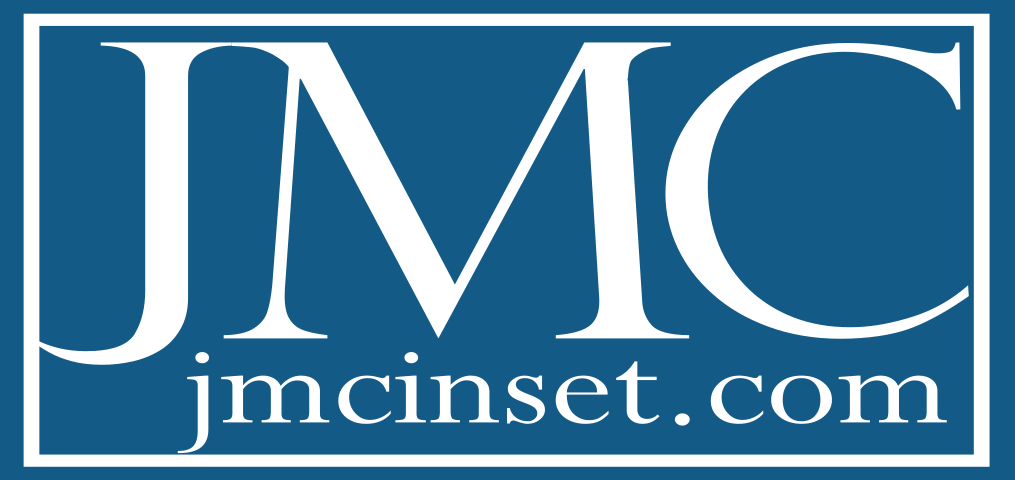Tracing the origin of formal education is not an easy task. The earliest records of formal education vary from place to place. However, the generally accepted first record can be traced to the Xia dynasty (2076–1600 BC). Over the years, education has changed. This change is not limited to changes in curriculums. How students absorb knowledge, the things they are taught, and how they are taught has changed significantly through the centuries. In the next few years, more changes are going to come. Some 21st century learning trends that are currently gaining ground in the education sector, which will impact the way we learn for generations are listed below:
1. Lifelong Learning Will Become More Popular
Thanks to the advancement in modern technology, life expectancy in developed countries is increasing significantly. This makes lifelong learning an important aspect of education. It’s not just about finishing high school, college, and doing your masters; it’s more than that now. Employees will have to keep developing new skills to stay relevant in the workplace and adults who want to keep their minds sharp will opt for adult education courses. Lifelong learning continues to occur outside the formal education setting.
2. Skills Mismatch Will Grow Rapidly
In the labour market, skills mismatch happens when there is a wide gap between the skills educators teach and the skills the workforce needs. Education is changing but work is changing even more rapidly. To bridge the gap between what students can offer right after graduation and what the workforce needs, educators need to change their curriculums all the time. Right now, the most significant influence in the future workspace is technology. Educators must get students more involved with digitization and other forms of technology.
3. Blended Learning Will Become the Norm
Blended learning is an upcoming approach to education that combines conventional learning with online learning. Instead of sticking to a curriculum that is based on in-person classes it combines this with online classes. In Science for example, theories are discussed online while the practicals are done in the class. Since the beginning of the Covid-19 pandemic, blended learning has gained popularity. People who are sceptical about online learning are more open-minded when it comes to blended learning.
Our Remote teaching and Blended learning Professional Development course is the perfect option for schools looking to improve online engagement and the digital literacy of their staff. Find out more here
4. Self-paced Learning is Here to Stay
As the name implies, self-paced learning is a type of education in which the learner decides what they want to learn, how much of it, and everything else regarding their education. This type of education requires a lot of discipline and time management skills. It allows students to pick only subjects that interest them rather than different, unconnected random things that they might never need. For successful self-paced learning, students need technological tools like mobile apps, web apps, and other digital implements.
5. Personalized Learning Will Reign in Schools
Personalized learning shares many of the advantages of self-paced learning. However, students are not alone in the learning process. Teachers work to provide a customized learning experience to each student. They use a range of methods to provide feedback and determine the strengths and weaknesses of the learners. After that, they develop customized educational programs for each pupil. Personalized learning can work in online classrooms and in-person schools as well. There are hundreds of resources that make it easy for teachers to provide customized courses for students.
Find out more about personalised learning and strategies for differentiating the curriculum here.
6.Technical Schools Will Become More Popular
A lot of people might be interested in learning tech skills right now but just as many are now attending technical schools. Technical colleges are just like regular schools but they only last two years and they deal with more hands-on subjects than regular schools. Students like these technical schools because they can finish quickly and enter the labour market. You can get into a technical school with a high school diploma or a GED. Keep in mind that these technical schools aren’t easier than regular colleges. You will have to work as hard or even harder to get in and stay.
21st Century Learning the bottom-line
The six trends above are already trending and they will continue to trend in the years to come. They will shape the future of education and by extension, the future of work. Some developing countries are lagging when it comes to following the current educational trends in the developed world. However, it is only a matter of time until they catch up.
Find out more about Future Ready Learning
Get your school or classroom future ready with our INSET training : Future Ready Learning: 21st Century Skills
Discover more from JMC INSET
Subscribe to get the latest posts sent to your email.




